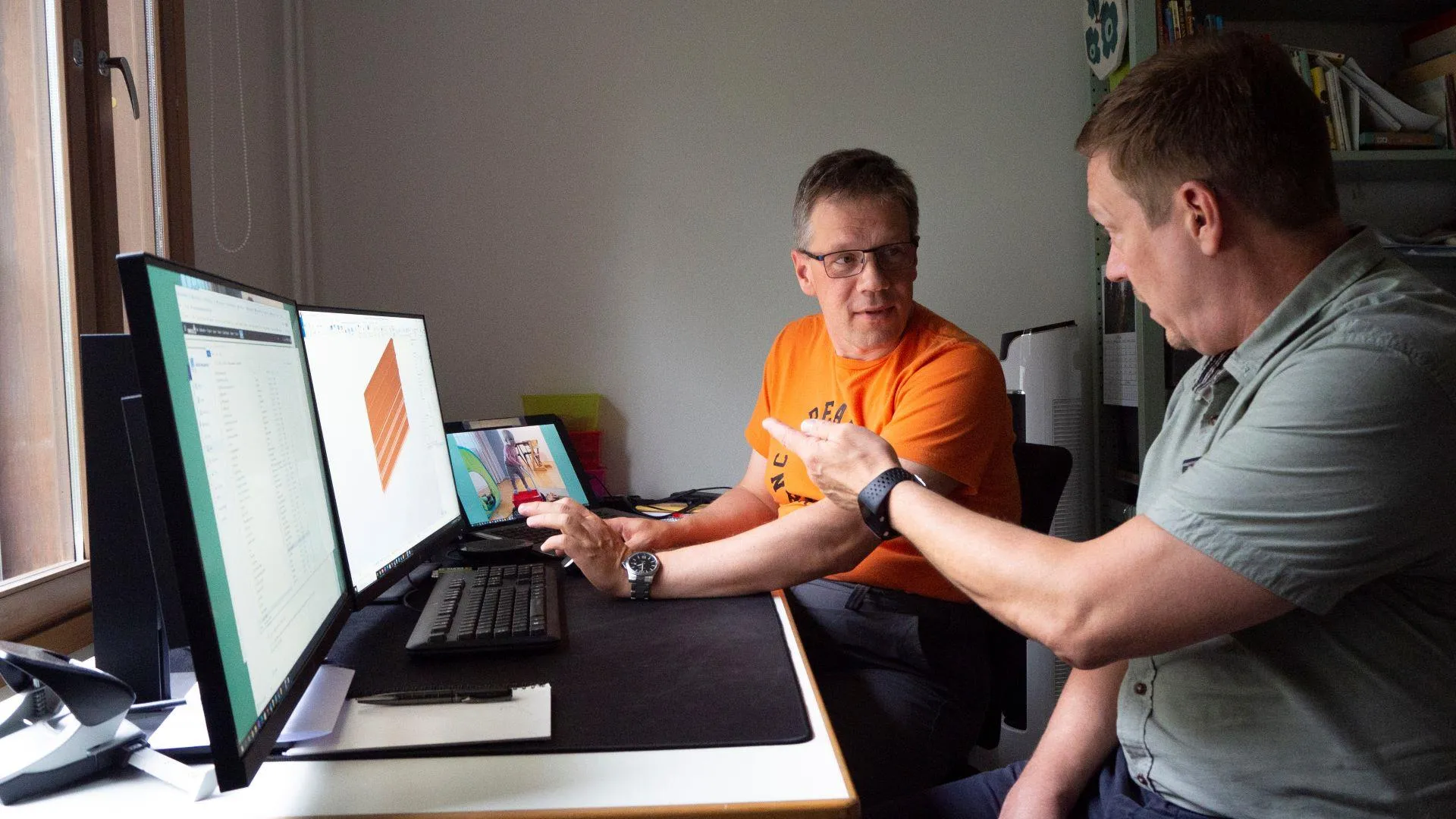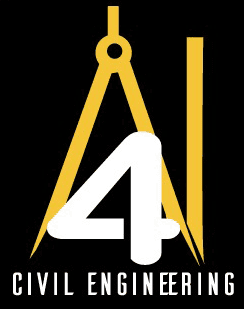
BIM stores information from each stage of constructionUse of BIM (Building Information Model) is spearheading digitalization in construction. Faster and better manageable than traditional design, it is also less stressful in when design modifications are required. BIM is a digitalized set of information over the entire lifecycle the building and construction process. The information is available for use from the very start of construction to the recycling decisions at the demolition stage.
“A 3D image alone of a building does not make it a BIM, as the image still needs information about what has been used in the building. Only then can we talk about using an information model. Information about everything, from the frame to the façade products and even the M&E solutions,” explains Pasi Kivimäki.
Pasi Kivimäki, BIM expert at Sweco since 2002, has been fascinated by scale models ever since his childhood. In this respect, he is lucky since they are also part of his work – nowadays in digital format.
“I’m the type of person who wants to constantly develop something new and compared to basic BIM users, I’m a step ahead, which above all benefits our customers,” he says.
Set up a good library
For BIM, products are retrieved from product libraries, which are at the heart of smooth designer work. What kind of library makes for smooth work? And one that doesn’t?
“A feature of a good library is that all the important information is already included and that all information is up to date. Too much information, the sort that designers don’t need, slows down use,” points out Pasi Kivimäki.
Ruukki’s products have already been available in Revit, Autocad and Archicad design software and, since autumn 2020, also in Tekla’s design software. Pasi Kivimäki says that he was involved in exporting Ruukki’s products to Tekla and says that this step has significantly increased the use of Ruukki products.
Tool to compare the options
Architectural design and building regulations usually sets the pace of the designer’s work. However, if the components to be used are not very precisely defined, BIM takes on a new value.
“Ideally, the customer has defined the minimum requirements for the building components and then the designer can explore alternatives implemented with different products and work with the customer to find the best option. On top of this, since the prices of the product are known, the price tag can be determined immediately. And so if there are any modifications, they are easy to make using the information model,” says Pasi Kivimäki.
Benefits all round
BIM speeds up and focuses a designer’s work, and particularly alleviates the pain in situations of change. Product manufacturers and builders alike benefit from BIM.
Use of BIM allows companies manufacturing construction products to focus on the essentials, in other word, production and quality. Dimensioning work, the information needed by production planning, is produced in design offices.
For builders, BIM provides accuracy, predictability and orderliness to construction site logistics. The information generated by the system shows the component installation places and installation schedule. Once the installation sequence of the components is known, the components can be ordered and delivered to the construction site accordingly. This brings orderliness to storage and is particularly advantageous in densely built urban areas, where there is simply no place for storage.
Also for large-scale projects
BIM has been a key tool in large-scale construction projects throughout the 2000s and its use is becoming widespread in projects of all sizes, all those involving many actors.
The designer creates the template and those involved in the project add their components to it. In a way, BIM grows as the project progresses and the number of products increases from the initial information on the frame to data on the building cladding. Use of the information model also serves as a transparent communications channel between the parties.
“It also pays to use BIM in large-scale international projects, where it is becoming increasingly more popular. In large-scale projects, for example in factory or power plant projects, the model is split up into smaller parts to make it easier to use,” explains Pasi Kivimäki.
The international IFC (Industry Foundation Classes) information transfer standard promotes international design cooperation since it enables information transfer independent of the design software. For example, information provided with a model designed using Autocad in France is accessible in the Revit software of a Finnish design office.
https://www.civilengineering.ai/bim-stores-information-from-each-stage-of-construction/

Post a Comment